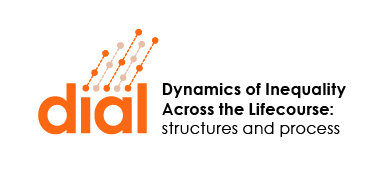This paper combines novel data on the time use, home-learning practices and economic circumstances of families with children during the COVID-19 lockdown with pre-lockdown data from the UK Time Use Survey to characterise the time use of children and how it changed during lockdown, and to gauge the extent to which changes in time use and learning practices during this period are likely to reinforce the already large gaps in educational attainment between children from poorer and better-off families. We find considerable heterogeneity in children’s learning experiences – amount of time spent learning, activities undertaken during this time and availability of resources to support learning. Concerningly, but perhaps unsurprisingly, this heterogeneity is strongly associated with family income and in some instances more so than before lockdown. Furthermore, our analysis suggests that any impacts of inequalities in time spent learning between poorer and richer children are likely to be compounded by inequalities not only in learning
resources available at home, but also in those provided by schools.
